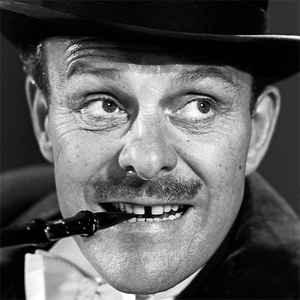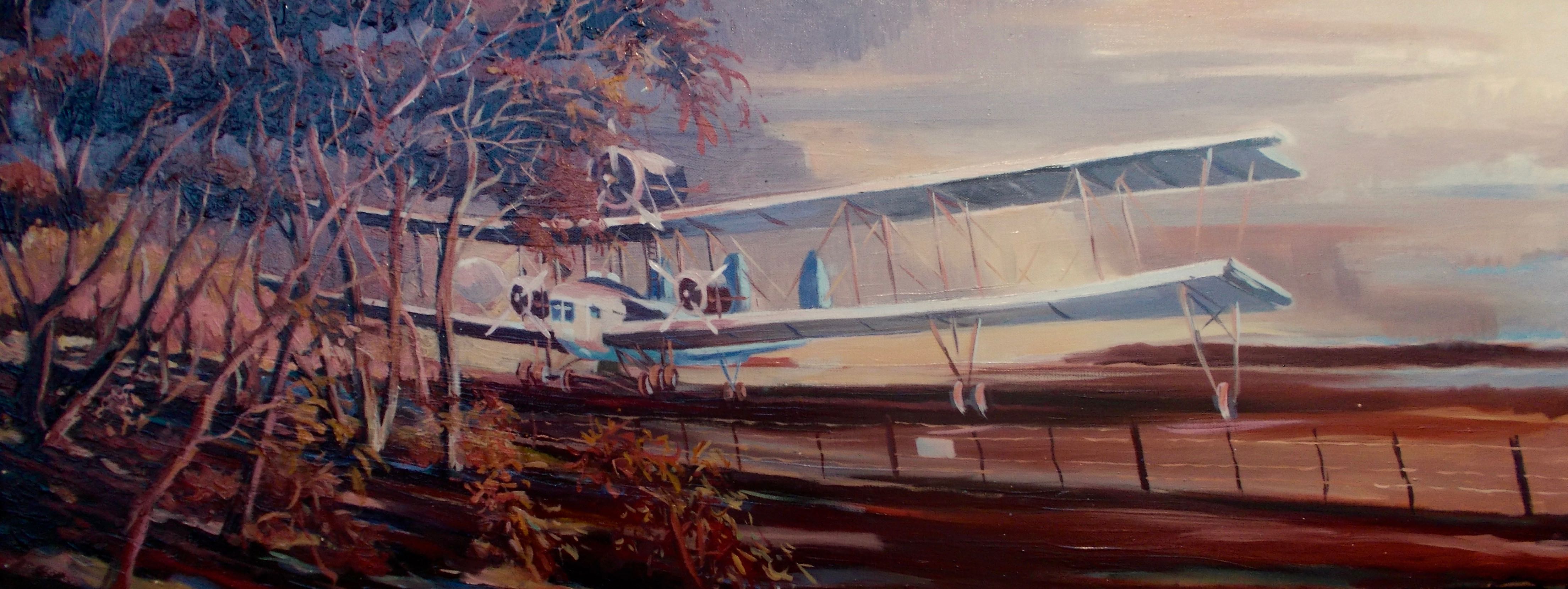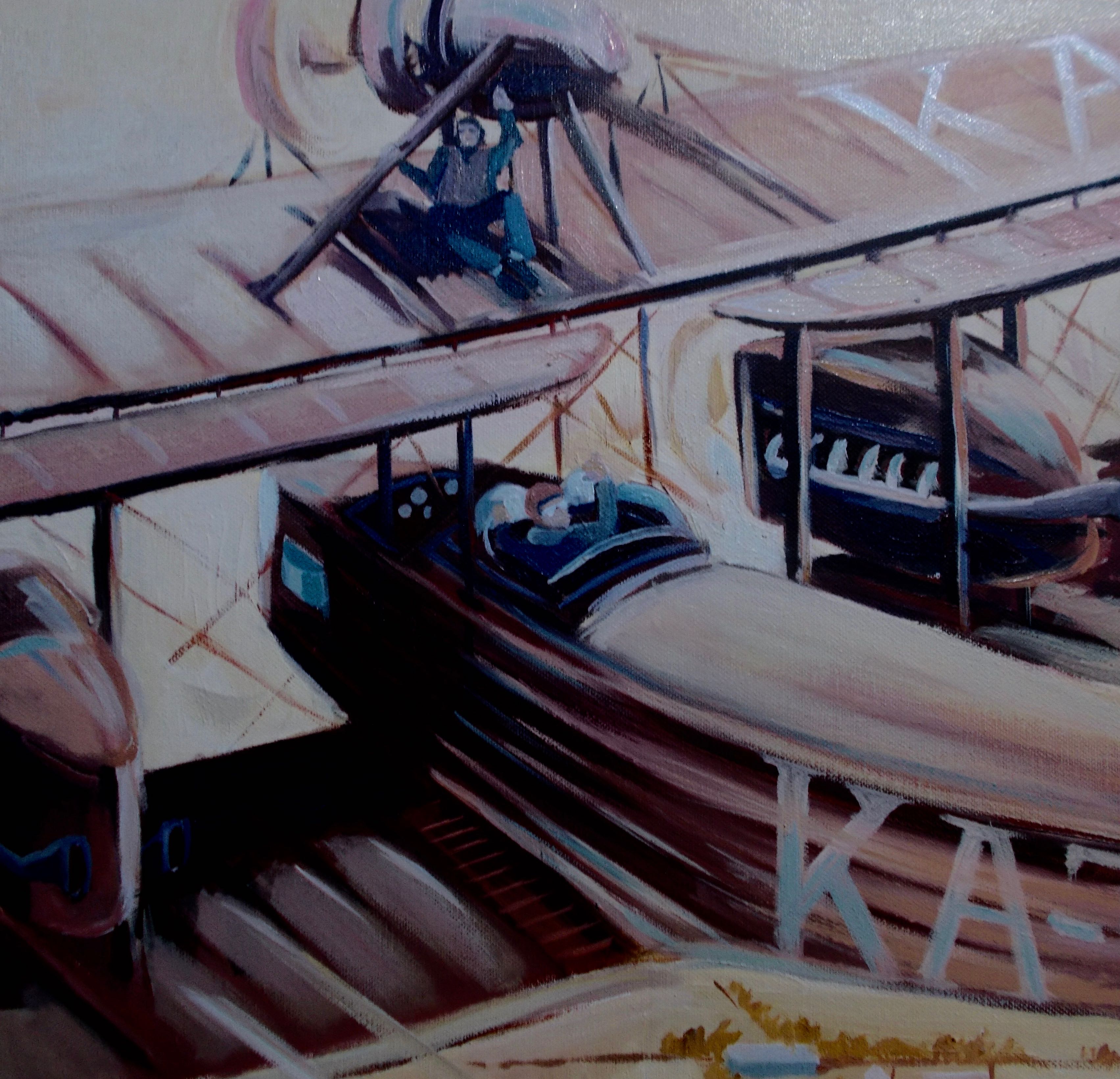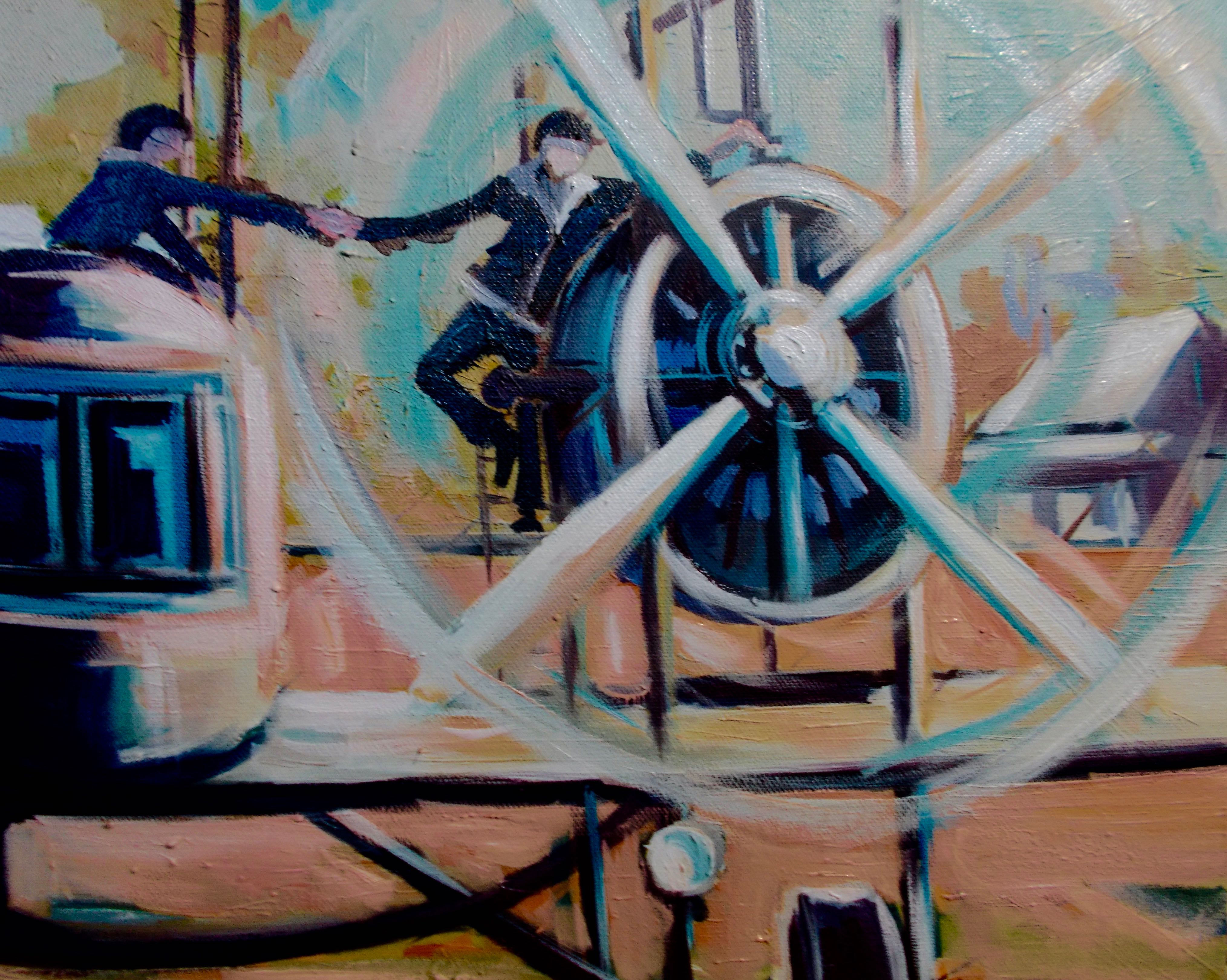Dear reader, with all this budget talk, and the millions being gifted to companies who pay no tax though infrastructure spending and the fact that those wealthy enough to set up a philanthropic trust will pay no tax at all EVER… but get a warm and fuzzy feeling. It’s time we turned the clock back and reassessed our sense of Who we are?
So that we might determine, where we’re at?
And Why the hell we did it in the first place?
That’s the legacy of Anzackery, to look forward backwards, and wallow in the glory of it all. Cos yesterday is today, and yesterday all rosey tinged and glorious was when we were right and White.
So for another snapshot of what makes this country really special it’s another far flung tale of derring do.
The story unfolds.
In 1919, communication between the eastern seaboard and the further flung fragments of Australia was nigh impossible. Western Australia was doomed remote and dark. Queensland closed and blighted by fundamentalists. Whilst for the protectorates, New Guinea, New Britain, and beyond, the impenetrable cloak of jungle and savagery rendered communication impossible.
Until a prize was offered by business magnate Sir Reginald Rattenbury, to reward the first ever trans-continental crossing and the offer of ten thousand pounds would be doubled if they proclaimed new territories in the name of his majesty King George V and made it back.
In no time an international field of contenders was making their way to Australia at breakneck speed, including the duo Alcock and Balls in their converted Vickers Virginal bomber. The Virginal, successor to the Vimy was fitted with a Python, (precursor to the Cheetah inline of Hawker Demon fame) sleeve valve engine. Extra power for the substantial range was achieved by hybridizing a Villiers open flange diaphragm carburettor with the improved simplex downdraught deep throat lubricated supercharger as found on the Bristol Boxbiter.
The competition was fierce and as the aircraft assembled at Flemington, a review held in honour of the governor genreal Lord Lilinthgow was stalled with late entrants from the Japanese in the Kawanshi Comfort Woman, (who’d been busy surveying the pacific en route), and the Russians who arrived in the very first Antonov, the Antonov acronym, which crash landed on the vice regal marquee, killing the VIP’s assembled for the event and became immortalised by the melbourne Truth as the “Bolshevik Marquee VIP RIP” incident
After much fanfare the planes took off and one by one succumbed to the vast distance of inland australia, crews perishing on the way. Undeterred, the Virginal arrived at Palmerston. And undaunted, the crew decided to continue to the Ashmore reef and plant the flag for Australia.
It is not known if they ever got there, their remains lost to the mist of time, and the reef itself erased from maps so that others may have difficulty in finding it.
The subsequent enquiry revealed that Balls flight and navigation log may have been interfered with. The ultimate destination Ashmore reef being deleted by the surveyors office under orders from the signals directorate to ensure that any purported japanese threat would be blindsided. A note was found in a bottle washed up on a remote Kimberley beach. In Balls handwriting, accusation that the maps were wrong, and demanded the culprit be found.
Alcock and Balls are lost to us. These heroic pictures seek to restore that oversight.




